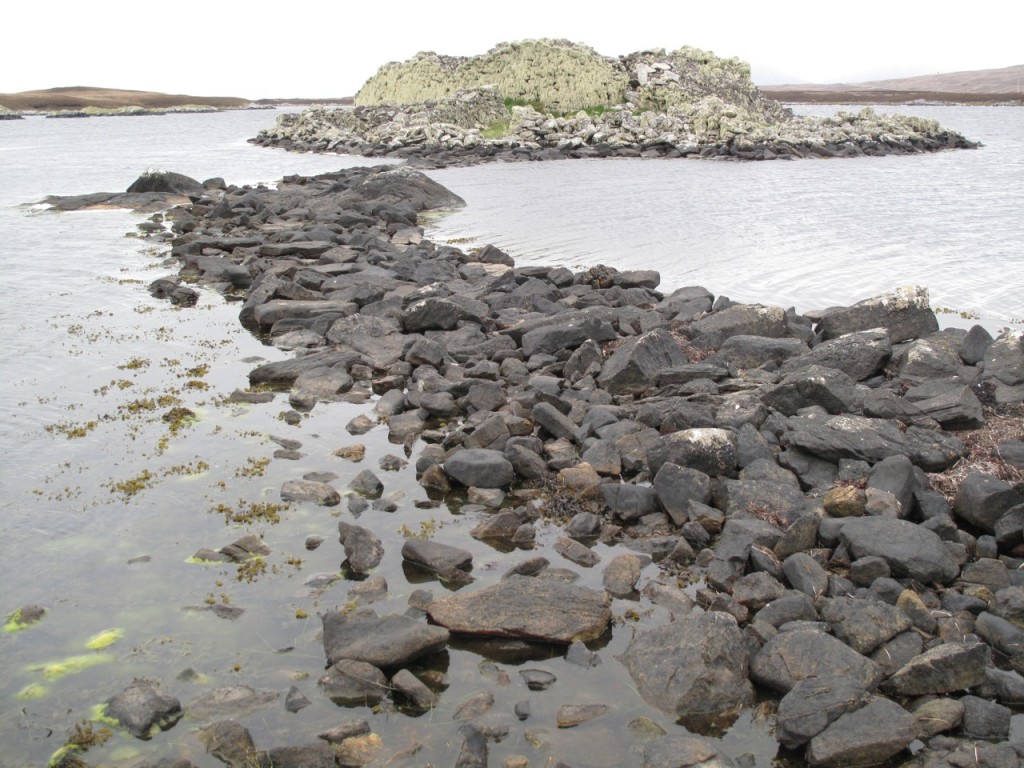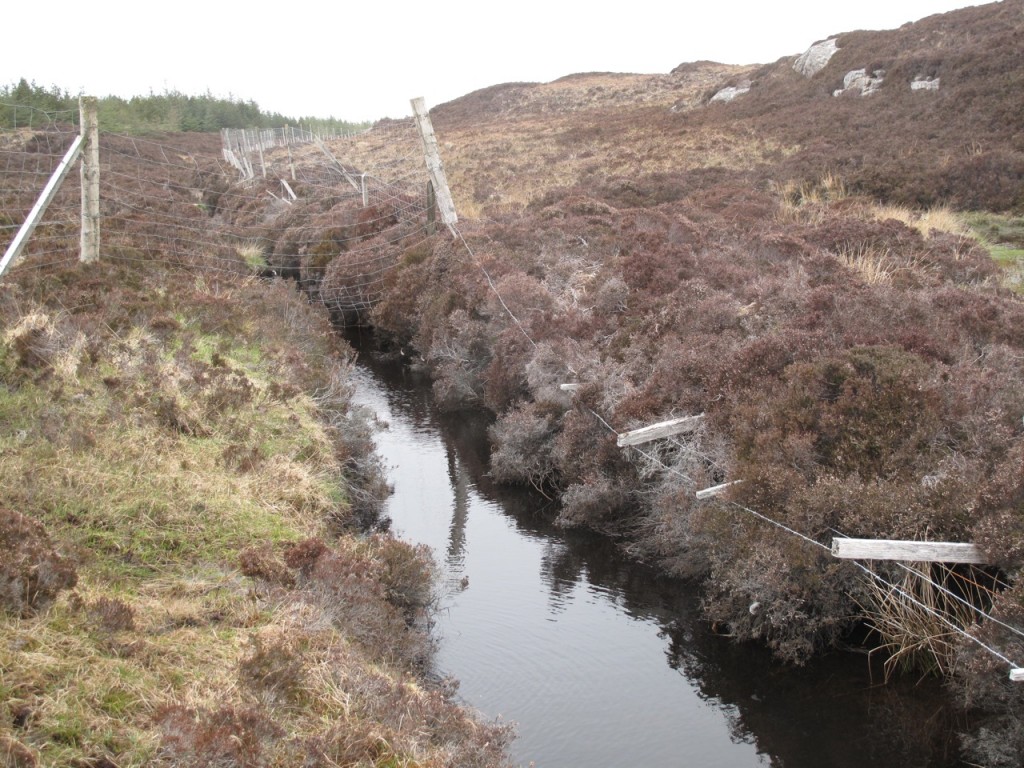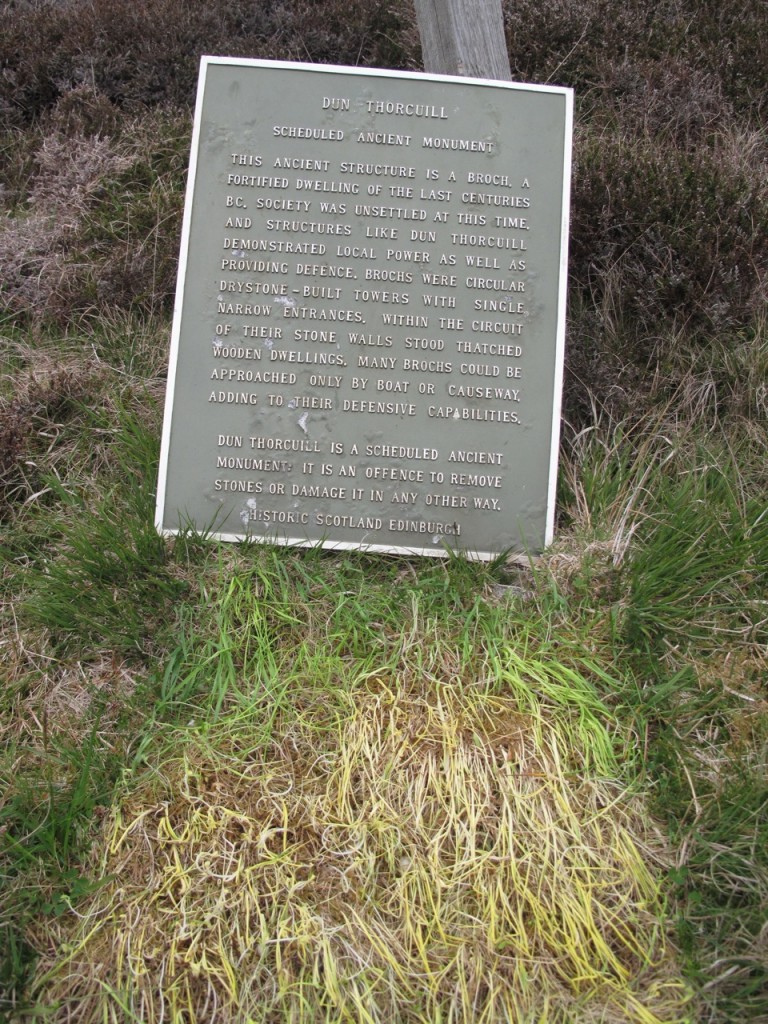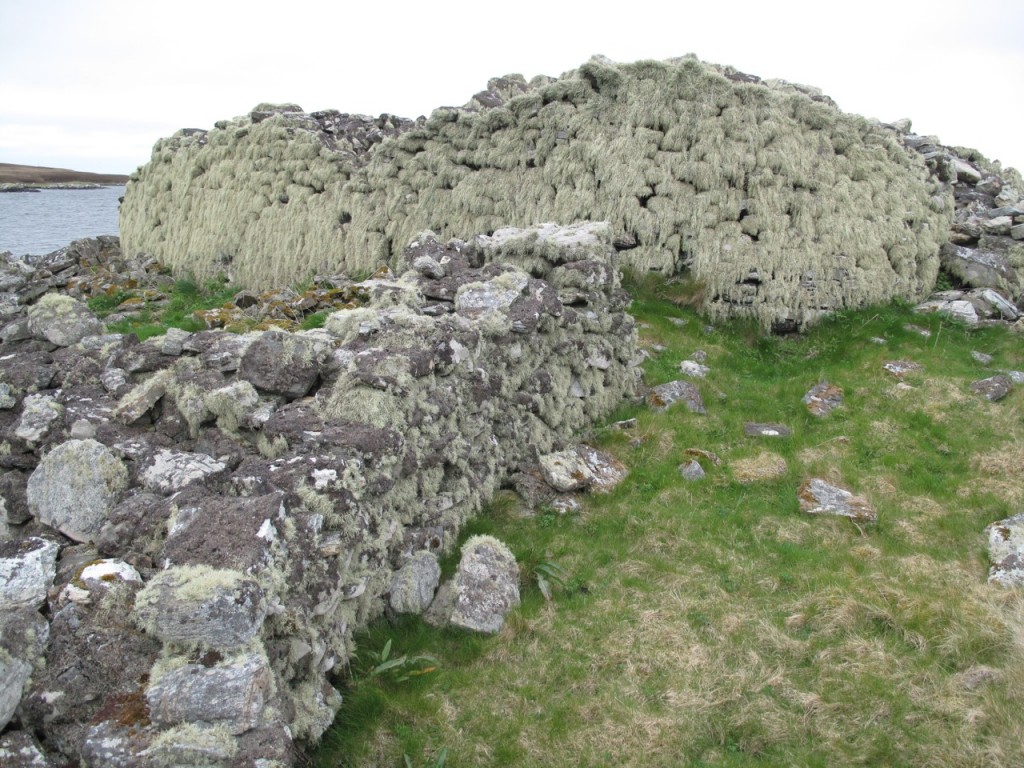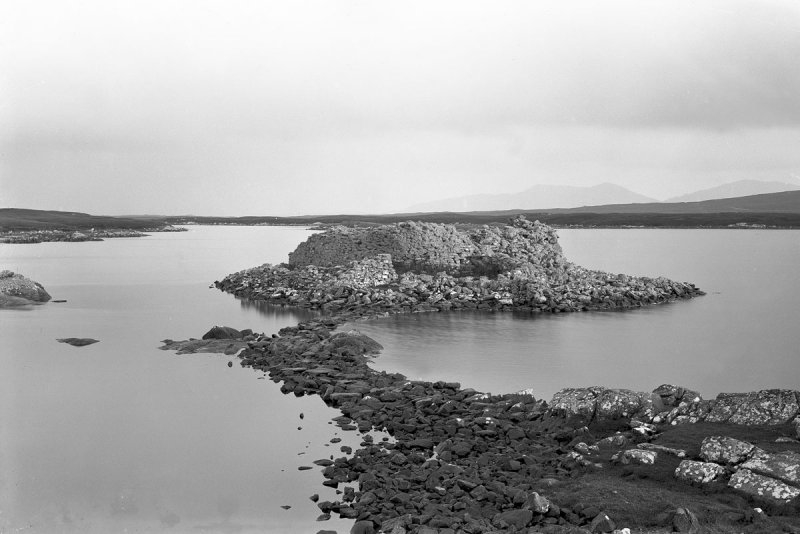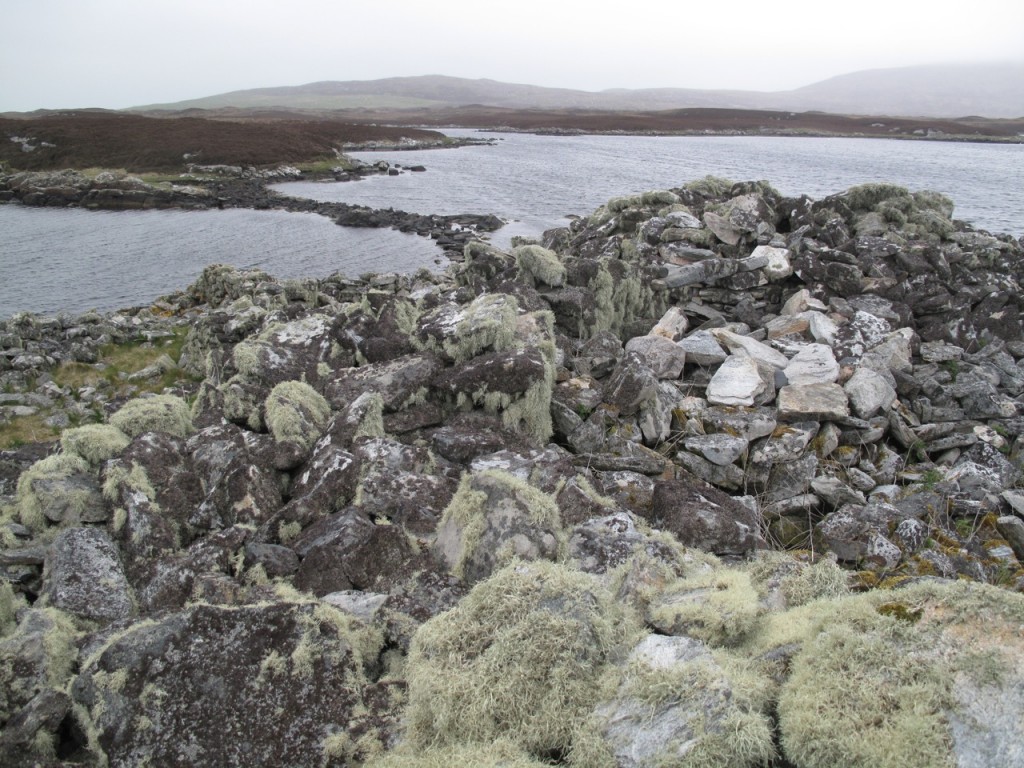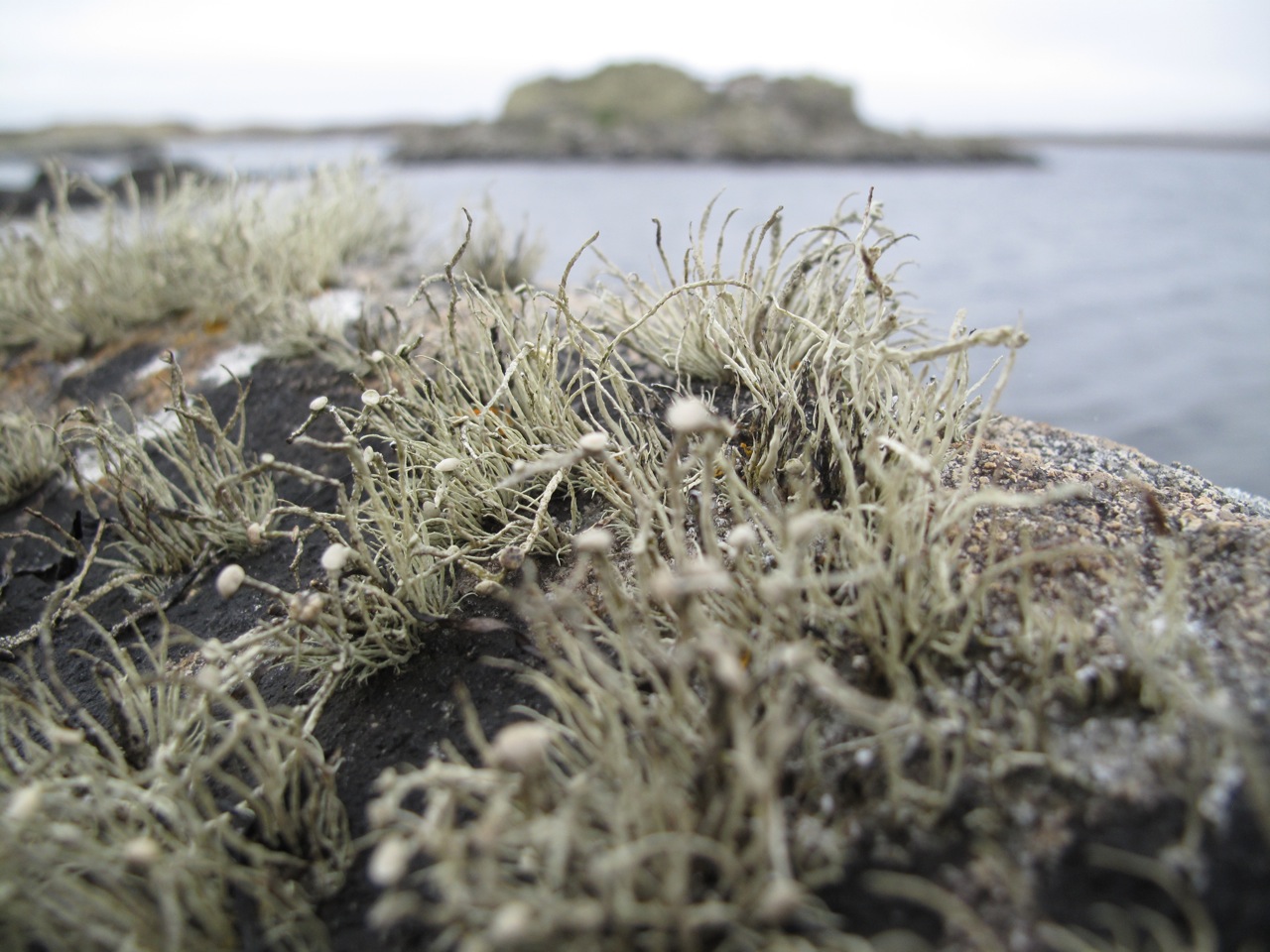This is one of the most distinctive ancient monuments in Scotland: Dun Torcuill, a fine Hebridean broch or, if you want to be picky, a ‘galleried dun’.
And this is the path to Dun Torcuill.
When I say path, there really isn’t one. There are, instead, a series of formidable obstacles.
In one sense that is the point of a Dun: built on water, it was to be accessible only by a narrow and sometimes submerged causeway. It was never welcoming to strangers.
But these ditches and deer fences are not part of the original fortification. Rather, visitors are just not really expected here. You can tell that from the broken Historic Scotland sign which I moved to reveal a benighted patch of chlorotic grass.
Dun Torcuill does not feature in the ordinary tourist itinerary and you will be hard pressed to find it on a postcard. This is perhaps a good thing in that the site, a scheduled ancient monument, still exists in a state of primitive grandeur.
The partly collapsed broch is now covered in lichens giving it a peculiar bearded appearance, though this is plainly not new.
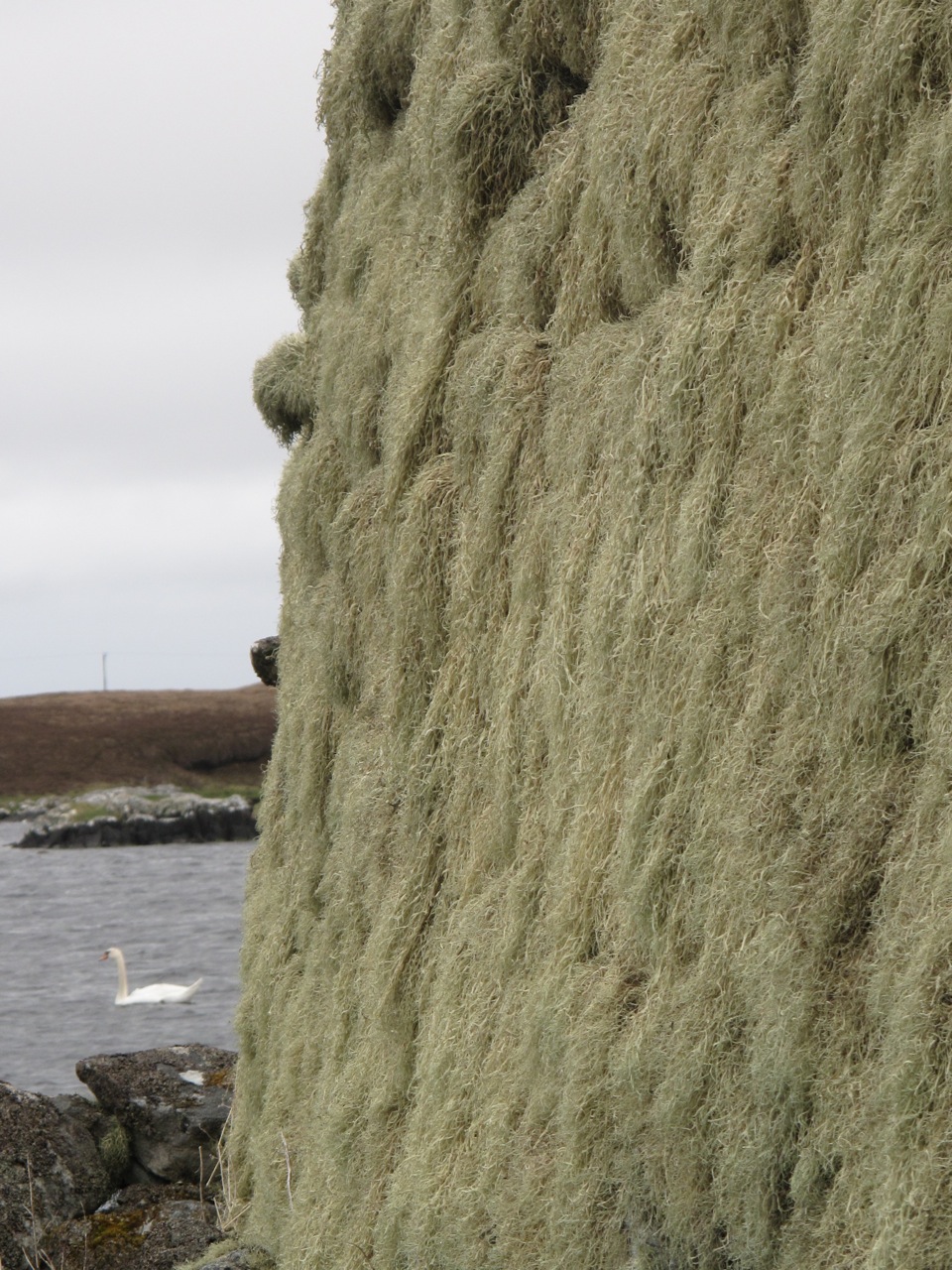
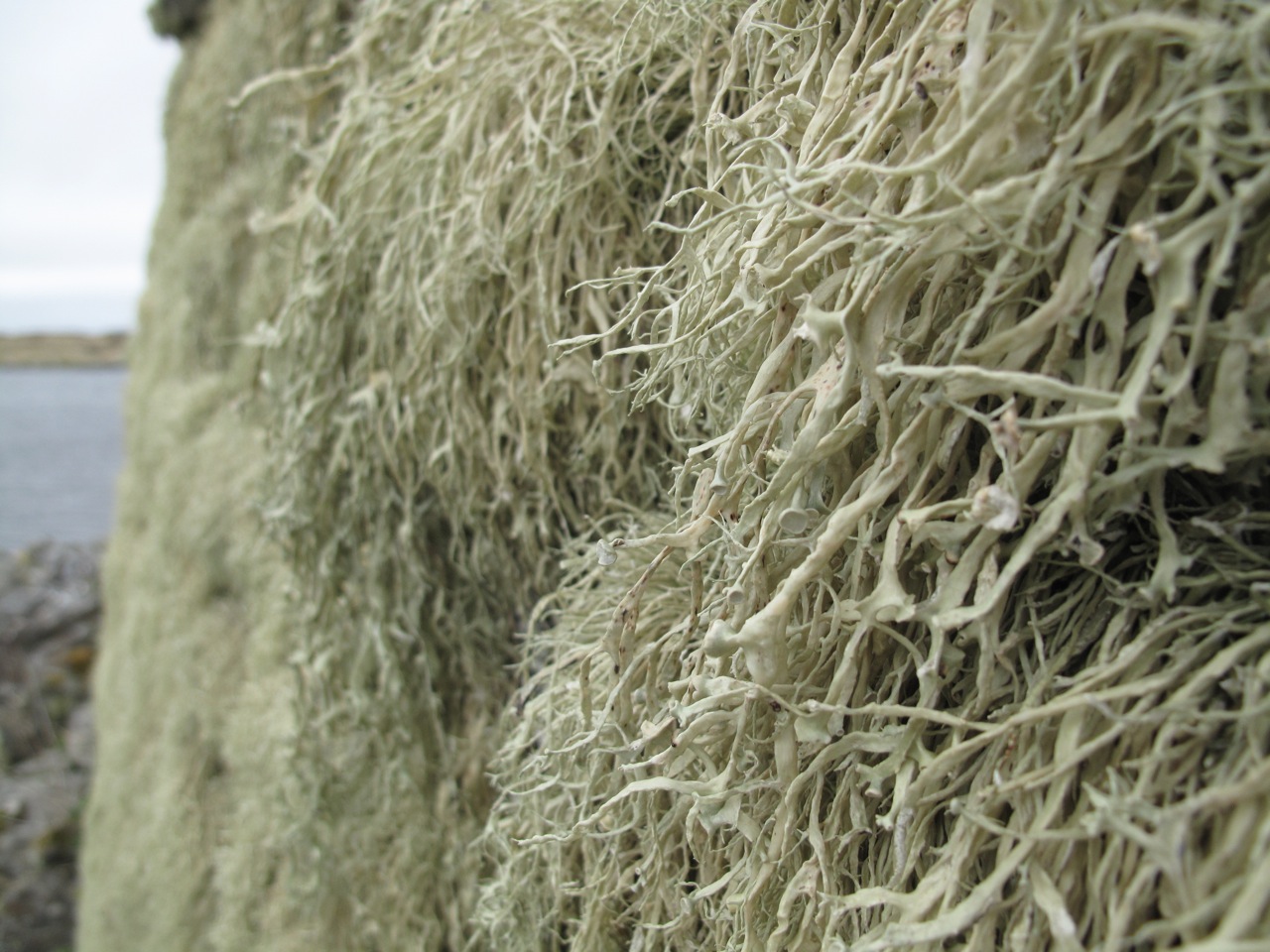 It was more lightly encrusted when the antiquarian Erskine Beveridge (1851-1920) visited in the early twentieth century. This is his photo of the site.
It was more lightly encrusted when the antiquarian Erskine Beveridge (1851-1920) visited in the early twentieth century. This is his photo of the site.
Of the many photographs in his classic book North Uist, there is only one – here at Dun Torcuill – to feature a family member. This person is ostensibly included for scale but there is a sentiment at work here too. In all likelihood, it is either his only daughter, Mary Beveridge, or else his young second wife Meg Inglis.
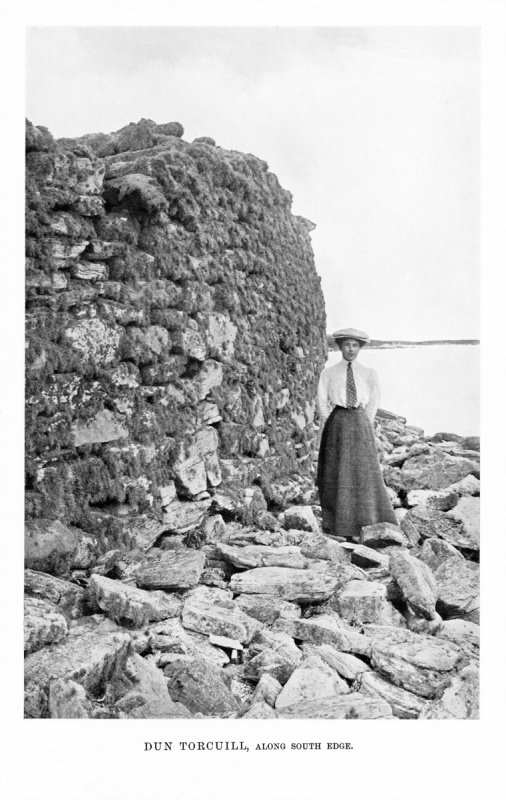
I am struck by the fact that not much in this scene has changed since Beveridge took his photo. This is noteworthy because in the same period North Uist has been utterly transformed, not least its economic orientation which has seen ‘heritage’ become an axis of local development.
North Uist is one of the most remarkable prehistoric landscapes in Britain – that’s what attracted Erskine Beveridge in the first place. But the islanders are now competing with their neighbours in Harris and Lewis for the ultimate tourist drawcard: the chance to present the St Kilda story. I don’t blame them. Economically, it makes total sense.
But it is an odd circumstance when local and charismatic prehistoric structures are virtually unknown while the small, largely modern, dwellings of the St Kildans are iconic. It is hard to understand why the story of this one abandoned island has metastasised across the entire Hebridean archipelago.
Yes, I can see that St Kilda is storyable in ways that Dun Torcuill isn’t. But it troubles me that part of our collective interest in St Kilda still draws on discredited Victorian ideas of difference: a kind of freakshow historiography that has made a fetish of thick ankles and prehensile toes.
It is important to remember that there are other Hebridean stories that matter; they are often closer to hand and – perhaps as a consequence – rather more remote.

